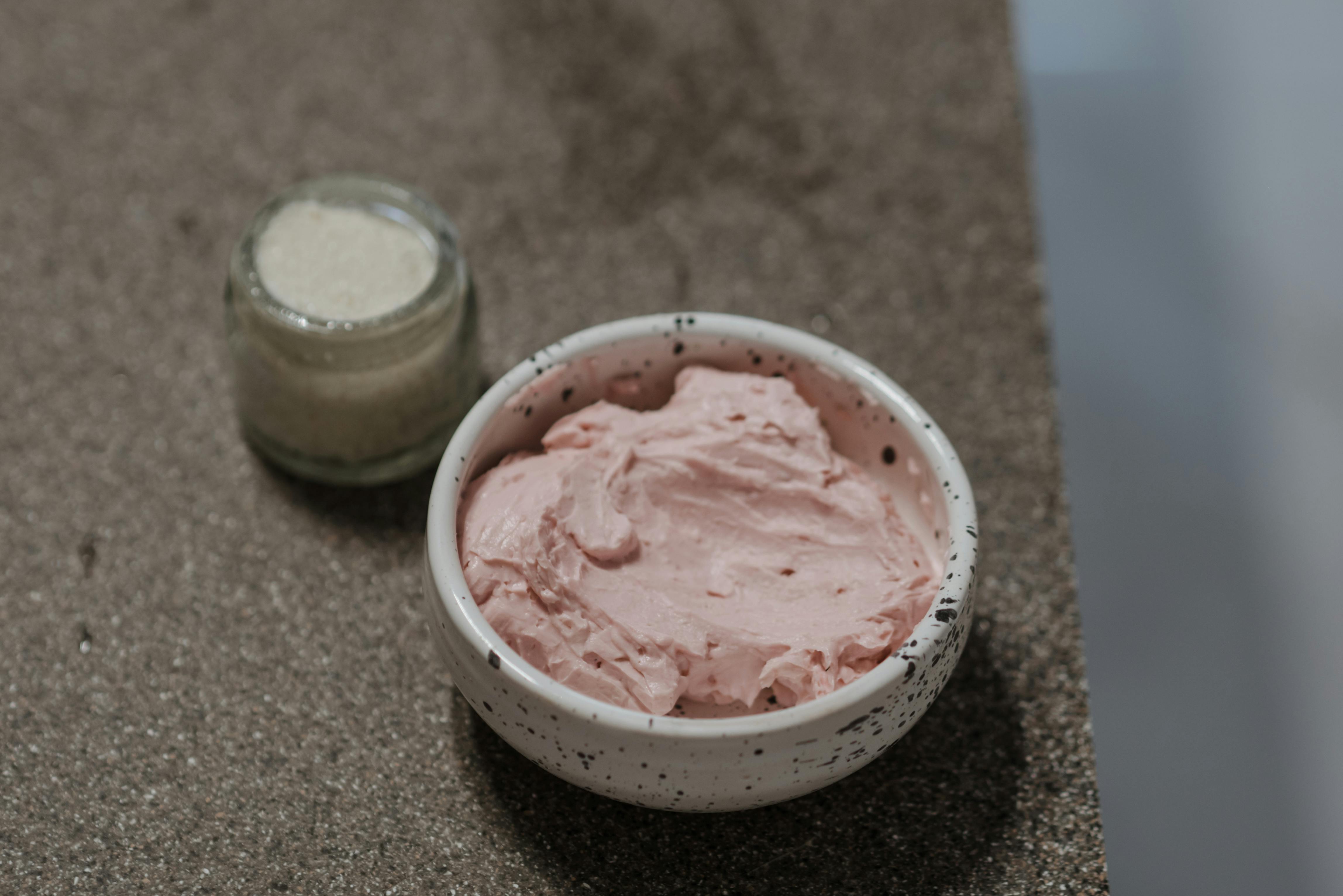With soaring gas and food prices, so many foreclosures, and disasters across the country like floods, fires, and tornadoes, it can be hard for many people to even think about happiness. But regardless of your circumstances, happiness is something everyone craves and desires. And oddly enough, mishaps and disasters of the above sort do not affect everyone’s happiness in the same way. Some people return to their usual happy disposition just days after a major setback, while others are sad and depressed for months after even a minor setback. Why? Recent research seems to give us an answer.
In the early 1990s, David Lykken of the University of Minnesota decided to explore the question of whether we have any control over our happiness. He selected 4,000 sets of twins, some identical, some fraternal, and analyzed how they differed in happiness. The results of his study led him to the conclusion that approximately 50 percent of our happiness is genetic (and therefore beyond our direct control), and the remaining 50 percent is mostly happiness.” learned”.
On this basis, he suggested that each of us has a “happiness set point” and no matter what happens to us, good or bad, we eventually return to our set point. It’s like it has rubber bands that control us. Of course, we can feel very happy or very sad, but before long we are back to our starting point. It’s very much like the “set point weight” most people have. And now there is considerable evidence to support his idea. Several studies have shown that while lottery winners are ecstatic for weeks or even months after their windfall, they eventually return to their old set point. This also applies to people who have suffered serious illnesses or other problems. They may be in shock for the first few weeks, but most soon recover and are back to their previous set points in no time.
Does this mean that we are always limited by our reference point and that we have no possibility to change it, in particular to raise it? The answer is no. And it’s easy to see why if we look at the 50 percent of our happiness that doesn’t depend on our genes. Research has shown that about ten percent is the result of life circumstances, that is, our wealth, social status, education, marital status, and job security. But this leaves 40 percent, and it is controlled by our thoughts, feelings, and actions. And we have control over this part; we can, in fact, use it to reset our set point.
So how do we raise it? The best way is to focus on the three main components of happiness, namely:
1. Get more pleasure from life.
2. Find ways to make our lives more meaningful.
3. Commit more to what we do.
A list of things that can help you achieve this (and raise your set point in the process) is as follows:
1. Believe in yourself. Every morning, when you get up, talk a little encouragement to yourself, tell yourself that you are going to be happy that day, and firmly believe it’s.
2. Act happy. In particular, smile and talk like you’re happy.
3. Enjoy your work. Even better, “love” your job and your hobbies.
4. Practice acts of kindness. They must be random and planned. Being kind to others makes us feel good and increases our happiness.
5. Count your blessing. Think about all the good things that have happened to you and the good luck that has befallen you. List them in a journal as often as possible.
6. Savor the joys of life. Take time to enjoy the little things.
7. Learn to forgive. Are you holding grudges? Get rid of them.
8. Cultivate friendships.
9. Take control of your time. Set goals and make sure you stick to and stick to them.
10. Take care of your body. Make sure you get enough sleep and exercise.
11. Learn to control stress.
12. Forget about accumulating large sums of money. It won’t buy you happiness.




